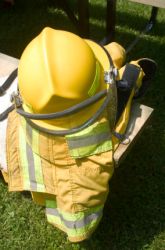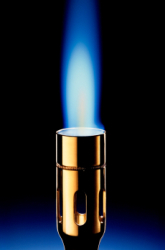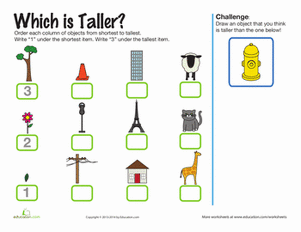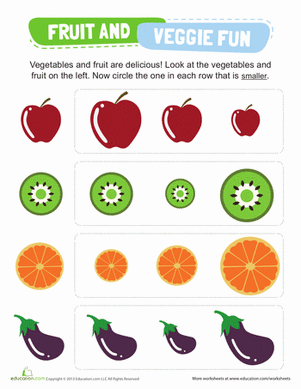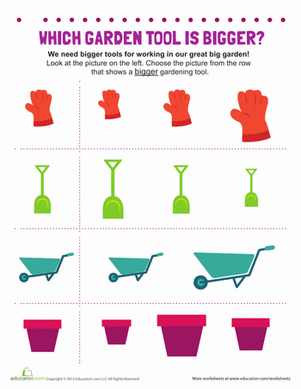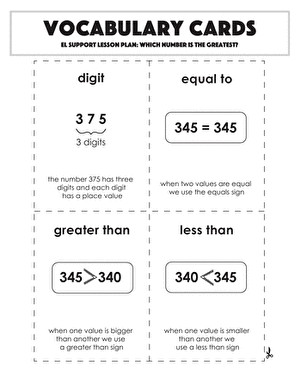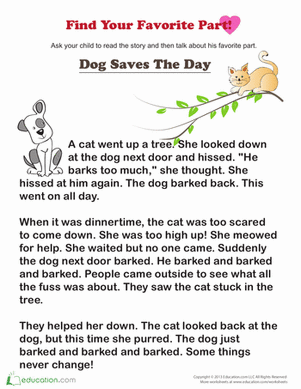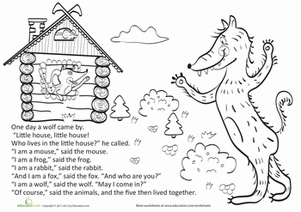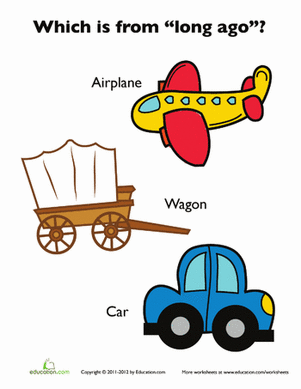Activity
Which Part of the Flame is the Hottest?
Grade Level: 7th-9th; Type: Chemistry
Objective:
Find out which part of a flame burns wood (in this case, a toothpick) the fastest and also if this is true for all types of flames such as candle-flame, burners, and lighters.
Research Questions:
- Does the color of the flame indicate temperature?
- Does the speed of the burn indicate temperature?
A candle is one of the earliest forms of lighting. It is commonly made with a wax substance with a cotton string in the center called the “wick”. The wick is lit with a source of fire and the candle lasts until all the wax melts.
Matches are made from a tiny piece of thin wood. One end is coating with a substance that ignites due to friction on a given surface. This substance is usually a form of phosphorus.
Lighters provide flame in the form of liquid gas. The liquid gas is housed inside a casing and as the lighter is pressed, the liquid is drawn up and manifested in the form of fire. When the ignition is released, the flame is put out.
A bunsen burner is commonly used in a laboratory for heating, sterilization and combustion. The source of the flame is continuous gas. Depending on how open the airhole of the burner is, it produces a flame of different color and height.
Materials:
- Box of toothpicks
- Candle
- Bunsen burner
- Matches
- Lighters
- Bowl of water
Experimental Procedure:
- Light a candle.
- Take one toothpick and stick one end in the center of the flame until it starts to burn. How fast did that happen? Quickly put the burnt toothpick in the water.
- Now, stick the end of another toothpick close to the base of the flame. How fast did that burn? Quickly put the burnt toothpick in the water.
- Finally, stick the end of a new toothpick at the tip of the flame at the top. How fast did that burn?
- Repeat steps 2-4 for the flames of the bunsen burner, matches, and lighter. Do you spot any differences in burning speed?
- Record your results.
Suggested Chart
|
|
Center
|
Tip |
Base
|
|
Candle Flame |
|
|
|
|
Bunsen Burner
|
|
|
|
|
Matches |
|
|
|
|
Lighter |
|
|
|
Terms/Concepts: Flame/fire; Combustion/ burning; Different types of flames
References:
- How Stuff Works: Fire
- Fire Extinguisher 101
- The Joy of Chemistry: The Amazing Science of Familiar Things, by Cathy Cobb & Monty L. Fetterolf
Education.com provides the Science Fair Project Ideas for informational purposes only. Education.com does not make any guarantee or representation regarding the Science Fair Project Ideas and is not responsible or liable for any loss or damage, directly or indirectly, caused by your use of such information. By accessing the Science Fair Project Ideas, you waive and renounce any claims against Education.com that arise thereof. In addition, your access to Education.com's website and Science Fair Project Ideas is covered by Education.com's Privacy Policy and site Terms of Use, which include limitations on Education.com's liability.
Warning is hereby given that not all Project Ideas are appropriate for all individuals or in all circumstances. Implementation of any Science Project Idea should be undertaken only in appropriate settings and with appropriate parental or other supervision. Reading and following the safety precautions of all materials used in a project is the sole responsibility of each individual. For further information, consult your state's handbook of Science Safety.



